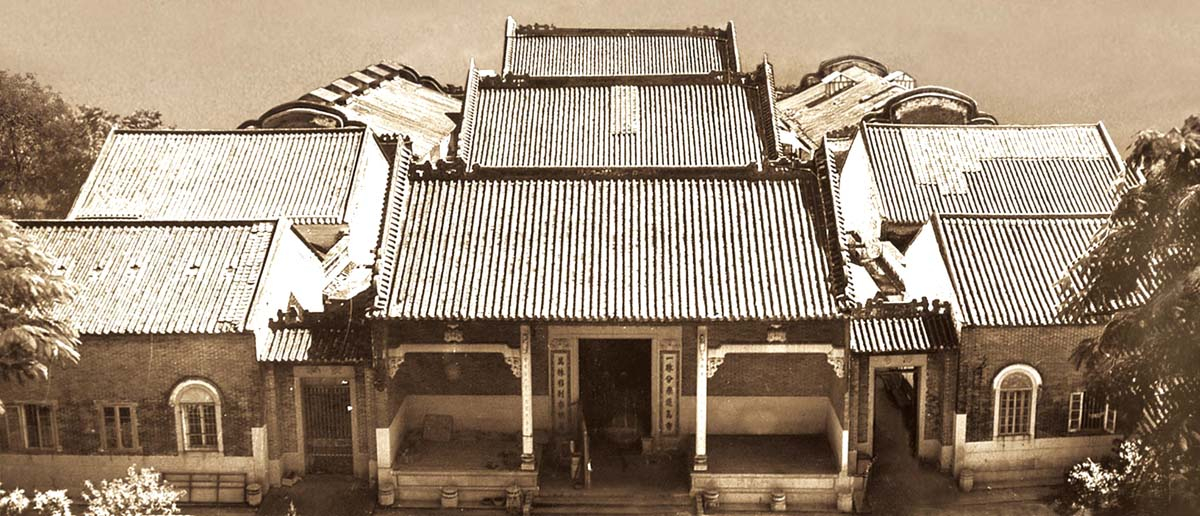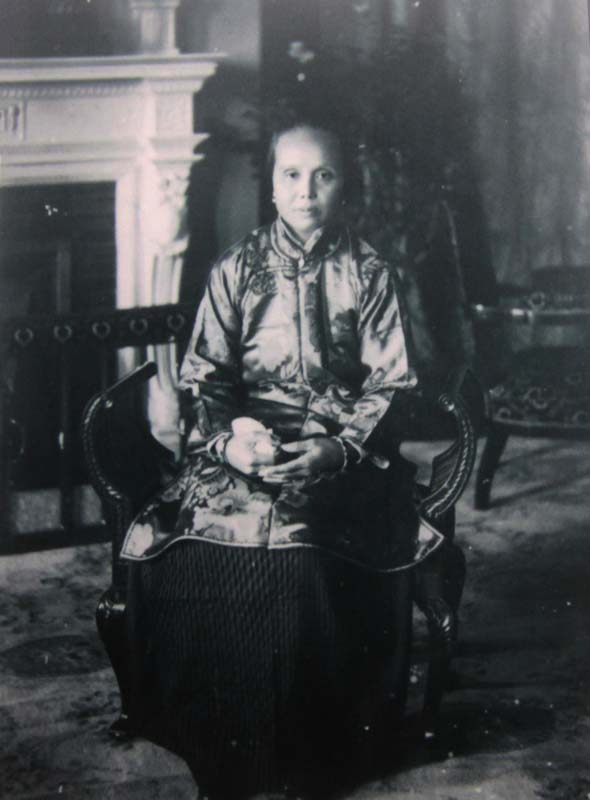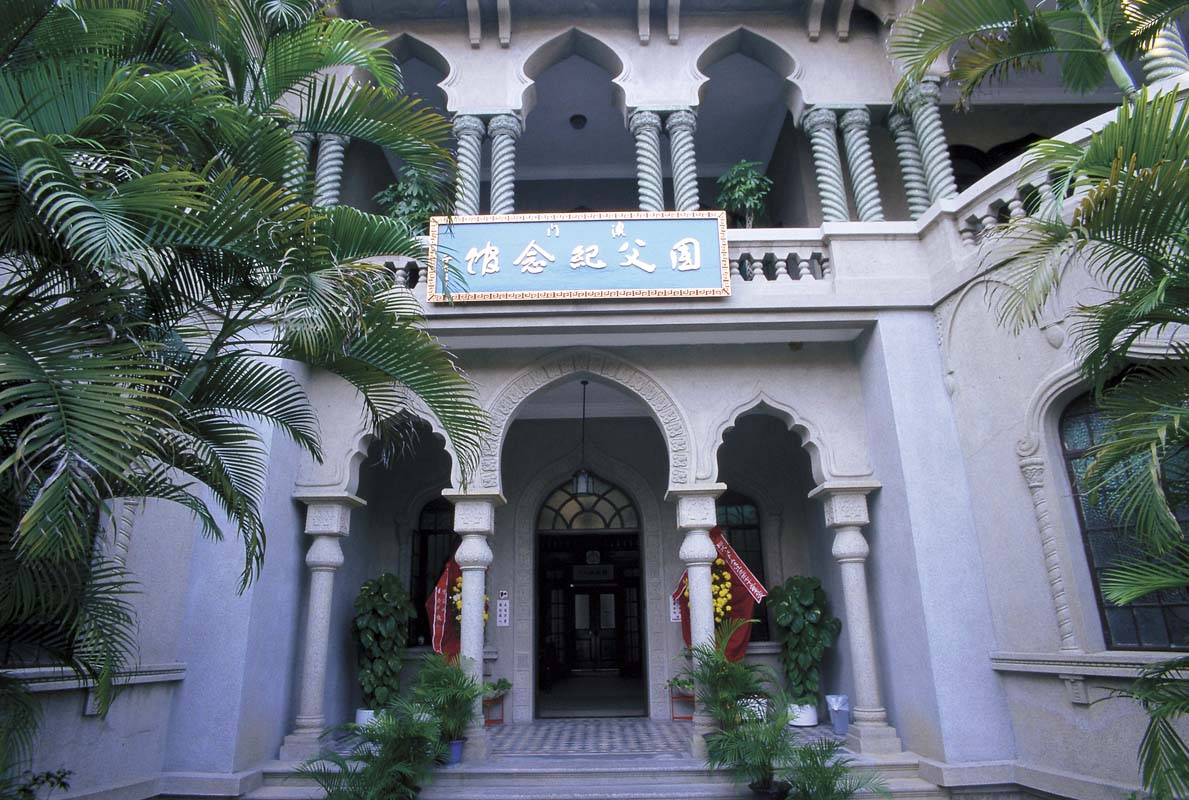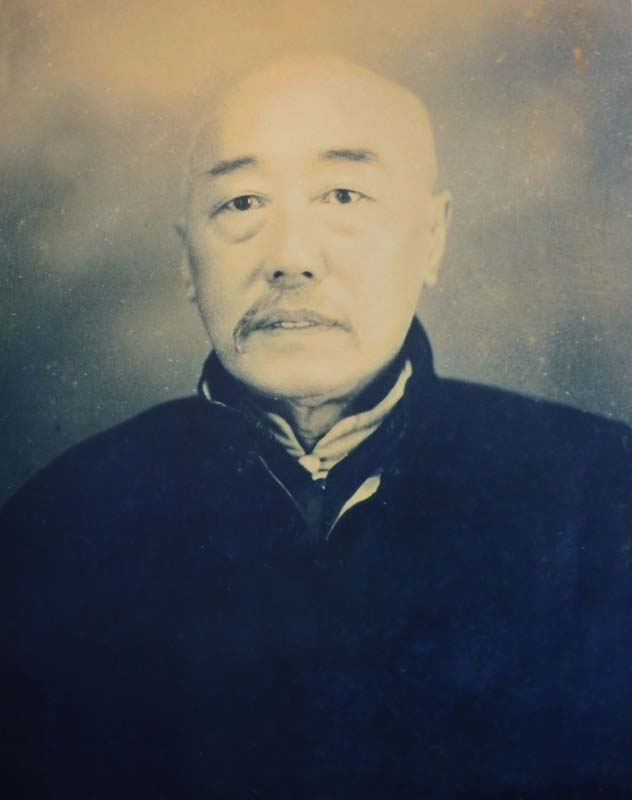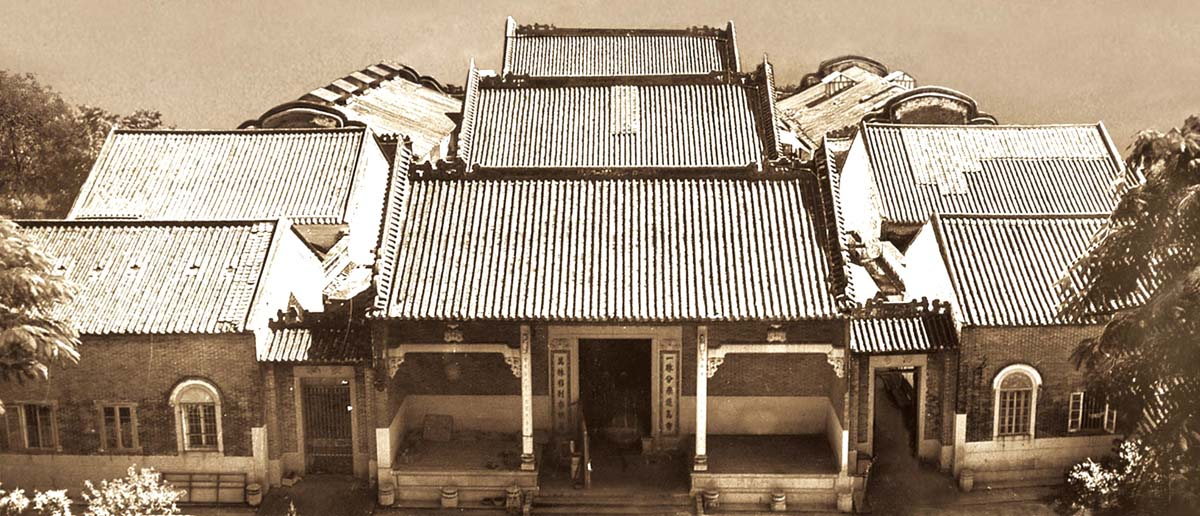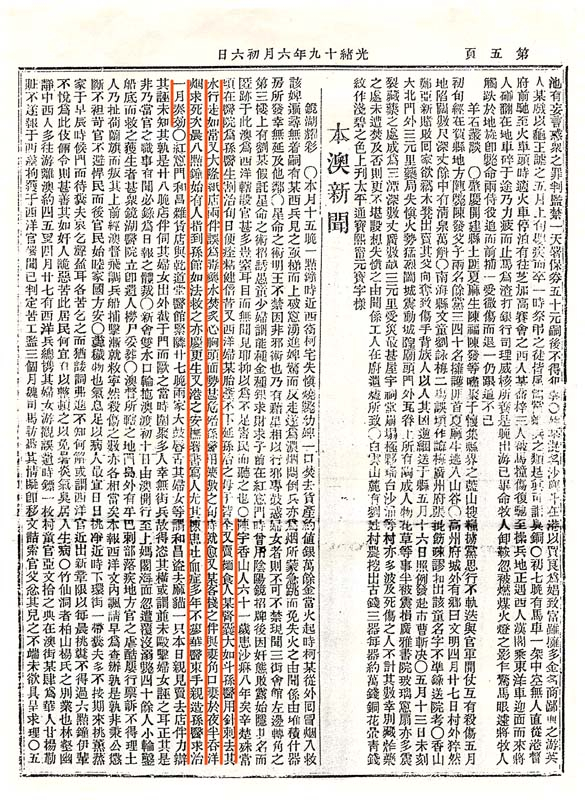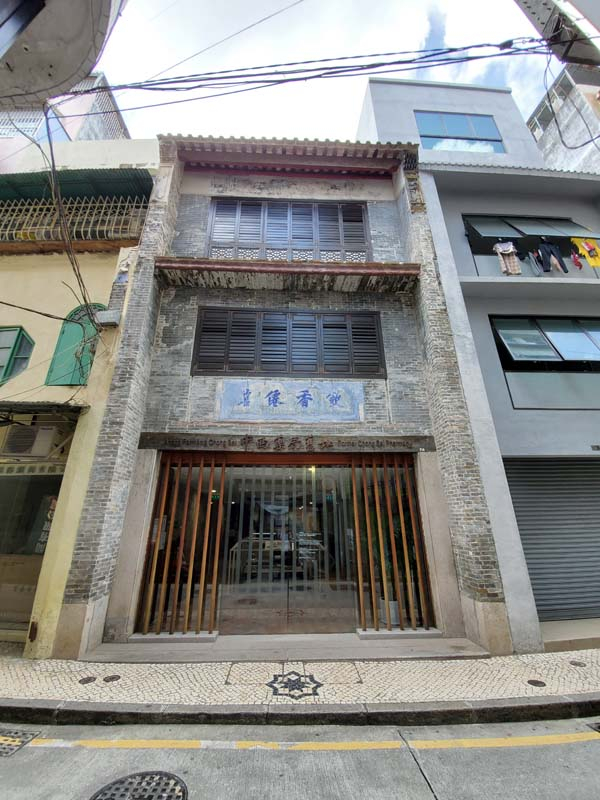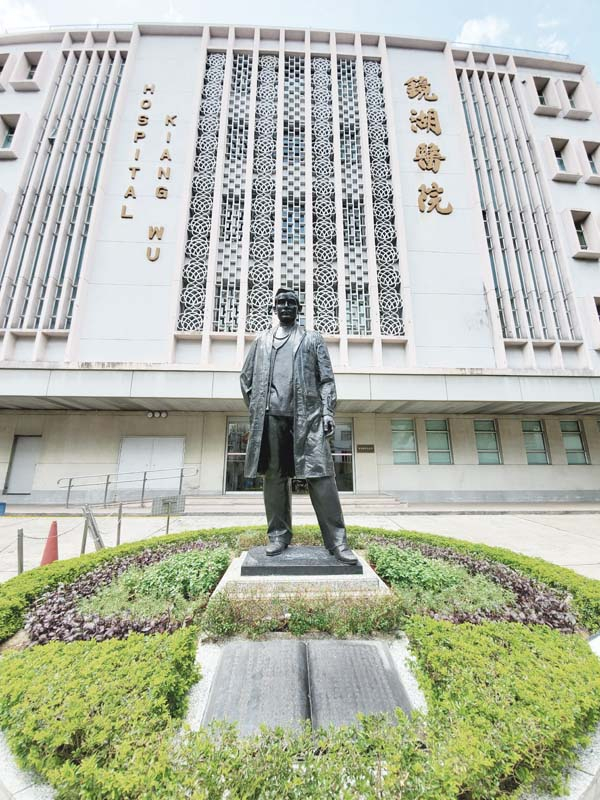In addition to its close connection with the Western Affairs Camp and the Reformer Camp, Macao (Macau) was also one of the starting points of China’s modern revolution. Sun Yat-sen (孫中山) was born in Cuiheng Village (翠亨村), Xiangshan County (香山縣), near Macao. It was where he got on the ship bound for Honolulu, Hawaii, the United States, with his mother in 1879. When studying at the College of Medicine for Chinese, Hongkong, Sun came close with Chan Siu-bak (陳少白), Yau Lit (尢列), and Yeung Hok-ling (楊鶴齡). Together, they frequently travelled between Macao and Hong Kong to advocate revolution.
After graduation, Sun practised medicine at Kiang Wu Hospital as the first Chinese Western medicine doctor in Macao. During his stay in Macao, Sun met representatives from the Western Affairs Camp, including Zheng Guanying (鄭觀應) and Zheng Zaoru (鄭藻如), and put forward suggestions on the reform movement. In 1893, Sun then continued his medical career in Guangzhou (廣州) in 1893, where he would later engage in revolutionary activities. Many years later, he wrote in his work The Plans for National Reconstruction (《建國方略》) that Macao and Guangzhou, where he practised medicine and learned about the current affairs after graduation, were the birthplaces of the revolutionary movement.
|
|
How did Sun Yat-sen’s medical practice in Macao help him submit his petition letter to Li Hongzhang (李鴻章)? |
|
|
See answer below. |
Sun Yat-sen’s family had close connection with Macao. Sun Dacheng (pictured, 孫達成), Sun Yat-sen’s father, worked as an apprentice in a shoe shop in Macao for three years when he was 16. He later became a shoemaker in a shoe shop run by a Portuguese on Rua de S. Domingos, Macao. Sun Yat-sen and his mother left for Honolulu in 1879 from Macao.
Lu Muzhen (盧慕貞), Sun Yat-sen’s first wife, settled in Macao in her later years.
Dr. Sun Yat-Sen Memorial House in Macau was once the Sun’s residence. His first wife Lu Muzhen lived her last years here before passing away in September 1952.
Yeung Hok-ling, one of the “Four Bandits”, was born in Macao. He got to know Sun Yat-sen and Lu Haodong (陸皓東) when he was young and supported Sun to open the West-Orient Pharmacy in Macao. He joined the revolutionary Revive China Society in 1895.
Kiang Wu Hospital, the first Chinese hospital in the city and an early charity founded in 1871 in Macao. (Provided by Kiang Wu Hospital Charitable Association, cited from “Macau Memory”, Macao Foundation)
Founded in 1871 by a group of Chinese merchants in Macao, Kiang Wu Hospital was the first Chinese hospital and an early charity in Macao. Similar to Tung Wah Hospital in Hong Kong, Kiang Wu Hospital provided medical service and medicine to civilians for free. It also helped to bury the dead. Moreover, its charitable work included raising funds for disaster relief in the Chinese mainland.
A report from the Macao newspaper Ching-Hai Tsung-Pao (《鏡海叢報》) titled The Brilliant Mind in Kiang Wu Hospital praising Sun Yat-sen and his medical skills. (Provided by Kiang Wu Hospital Charitable Association, cited from “Macau Memory”, Macao Foundation)
The West-Orient Pharmacy situated at no.80 Rua das Estalagens, Macao, was opened by Sun Yat-sen in 1893.
An advertisement titled Spring Breeze in Kiang Wu Hospital (〈春滿鏡湖〉) in Ching-Hai Tsung-Pao including Sun Yat-sen’s work schedule as a doctor in Macao. (Provided by Kiang Wu Hospital Charitable Association, cited from “Macau Memory”, Macao Foundation)
The advertisement in Ching-Hai Tsung-Pao in 1893 described Sun Yat-sen as “gentle and knowledgeable”. It also included his work schedule. From 7:00 to 9:00 he treated patients at the West-Orient Pharmacy on Rua das Estalagens; from 10:00 to 11:00 he worked at Kiang Wu Hospital for free as a payment for the interest charges on the loan he had taken from the hospital to open his own pharmacy. From 13:00 to 15:00 he treated foreigners and rich merchants at his own Clinic of Sun Yat-sen near the Holy House of Mercy; after 15:00 he treated patients in nearby villages and towns. Sunday mornings were for smallpox vaccinations. If any medical emergency occurred, he would arrive as soon as possible.
A statue of Sun Yat-sen standing in front of Kiang Wu Hospital to commemorate his contributions to the hospital and the revolution.
Zheng Guanying’s letter recommending Sun Yat-sen to Li Hongzhang. Zheng and Wei Heng (魏恒) helped recommend Sun when the latter submitted a petition letter to Li in 1894.
|
|
How did Sun Yat-sen’s medical practice in Macao help him submit his petition letter to Li Hongzhang? |
|
|
Sun Yat-sen acquainted with Western Affairs Camp representatives including Zheng Guanying and Wei Heng during his medical practice in Macao. He submitted a petition letter to Li Hongzhang and put forward suggestions on the reform movement in 1894. Three letters, from namely Zheng, Wei, and Sheng Zhouhai (盛宙懷), recommending Sun to Li have been preserved in Sheng Xuanhuai Archive, collected by Shanghai Library (上海圖書館). Wei, the Macao Subprefect appointed by the Qing (清朝) government, wrote the letter as a favour, as Sun had performed surgery to cure his haemorrhoids in Macao. He also placed an advertisement named Marvellous Techniques in Ching-Hai Tsung-Pao to praise Sun’s excellent medical skills. Therefore, after hearing of Sun’s plan of meeting Li, Wei wrote a letter to Sheng Zhouhuai, Sheng Xuanhuai’s (盛宣懷) younger brother, to help Sun achieve his goal. Meanwhile, he was also recommended by others, including Zheng. Sun then presented all these letters to Sheng Xuanhuai in Tianjin (天津), who was responsible for eastern expedition logistics, hoping he could help introduce him to Li. However, Li was too busy to meet him on the eve of the First Sino-Japanese War. The full version of Sun’s petition letter to Li was later published in two parts in the September and October issues of the Shanghai-based newspaper A Review of the Times (《萬國公報》) in 1895. |
Photo courtesy of Mr. Alex Lou, Vice Chairman of The Heritage Society (pictures 7 and 9), Macao Foundation (pictures 5, 6, and 8), Fotoe (pictures 1-4, and 10).




